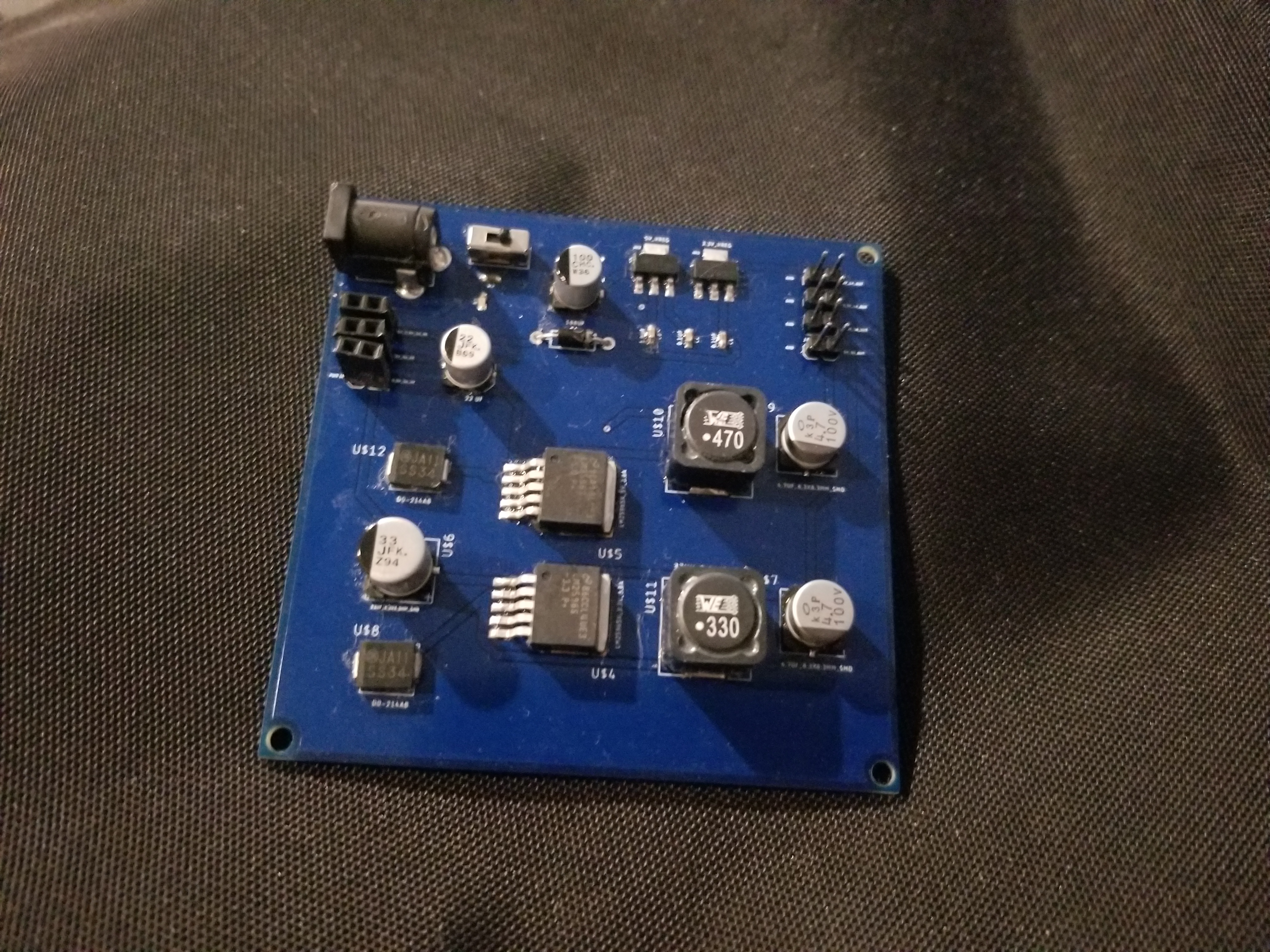Fig 1 - Footprint created for 33uH and 47uH inductors
Fig 2 - Footprint created for Schottky Diode SMD
Fig 3 - Footprint created for 4.7uF and 33uF capacitors.
Fig 4 - Footprint created for both LM2596 voltage regulators
Fig 5 - Footprint created for SPDT switch
Results (Your data/figure should have a caption. Figures should be labeled/numbered.)
The final schematic, board design, and silkscreen layers are shown in Figures 6, 7, and 8, respectively. The design was fabricated and soldered as shown in Figure 9. The final design after soldering did not function as intended. The 5V/1A output pins pushed approximately 3.3V at 3.2mA and the 3.3V/1A output pins pushed approximately 2.4V at 2.3mA. The 5V/3A did not output any current or have any voltage potential across the pins and the 3.3V/3A output pins pushed 76.3mV at 27.3ľA. The components on the board were checked for secure solder connections and some components resoldered, but the outputs remained the same.
Fig 6 - Final schematic for DC regulator.
Fig 7 - Final board design for DC regulator.
Fig 8 - Silkscreen for DC regulator

Fig 9 - The final soldered board.
Discussion
The design did not function as intended, either due to poor connections, improper design, or damaged components. Other than building a board that actually works, things that can be improved on the design is having the PWR in pins being male headers to allow for a jumper to be attached, with the output pins
being female header pins.